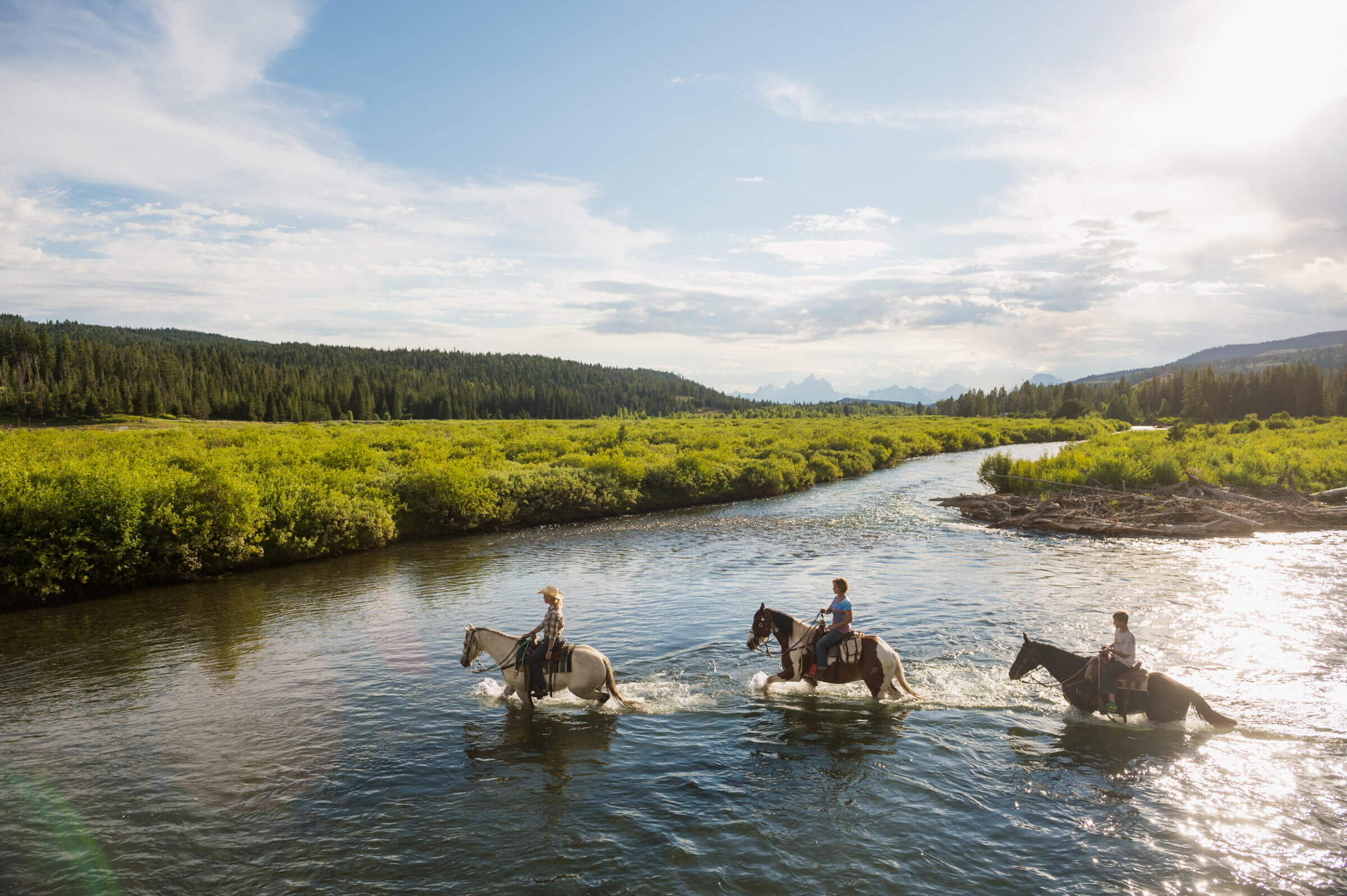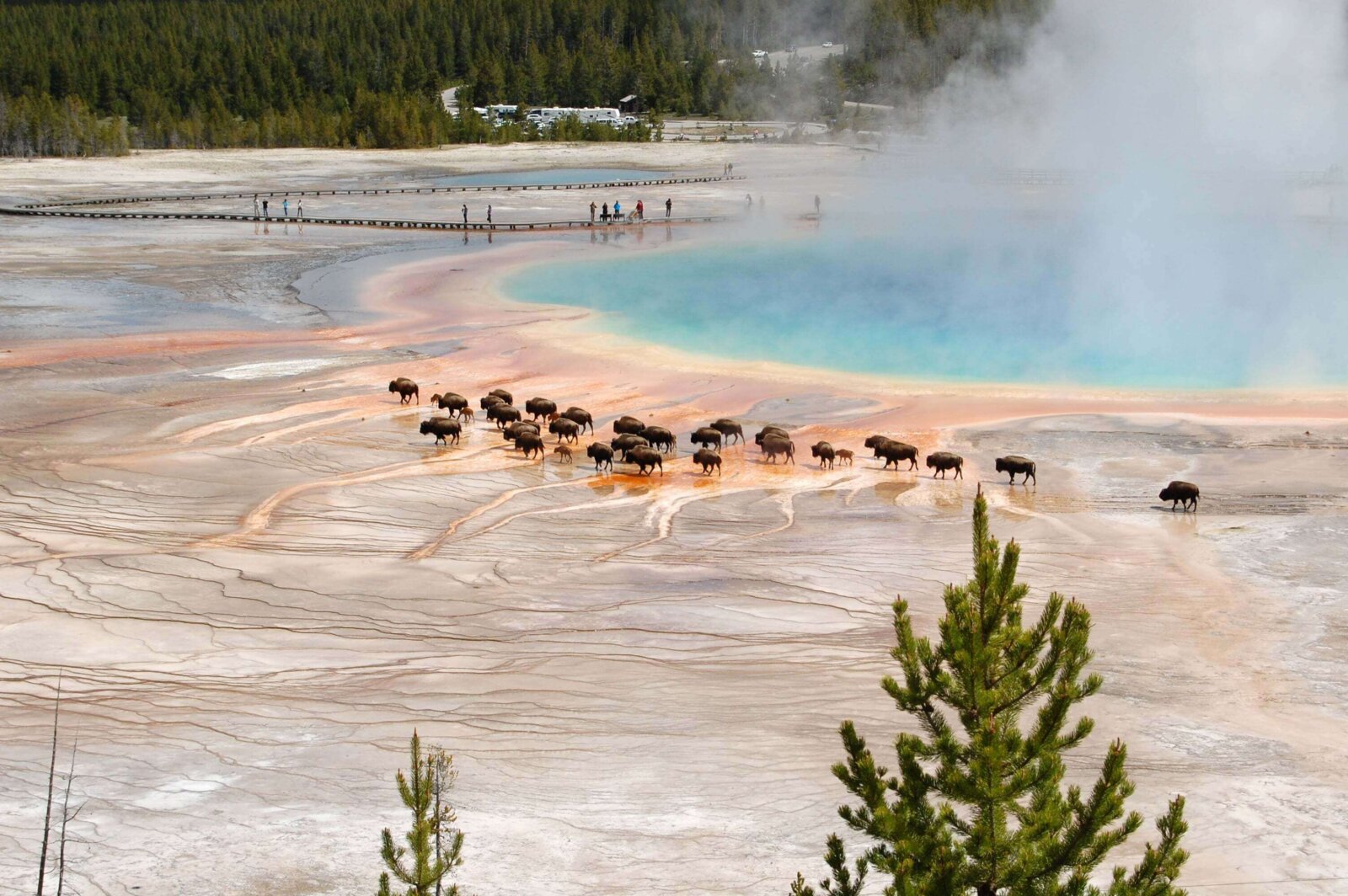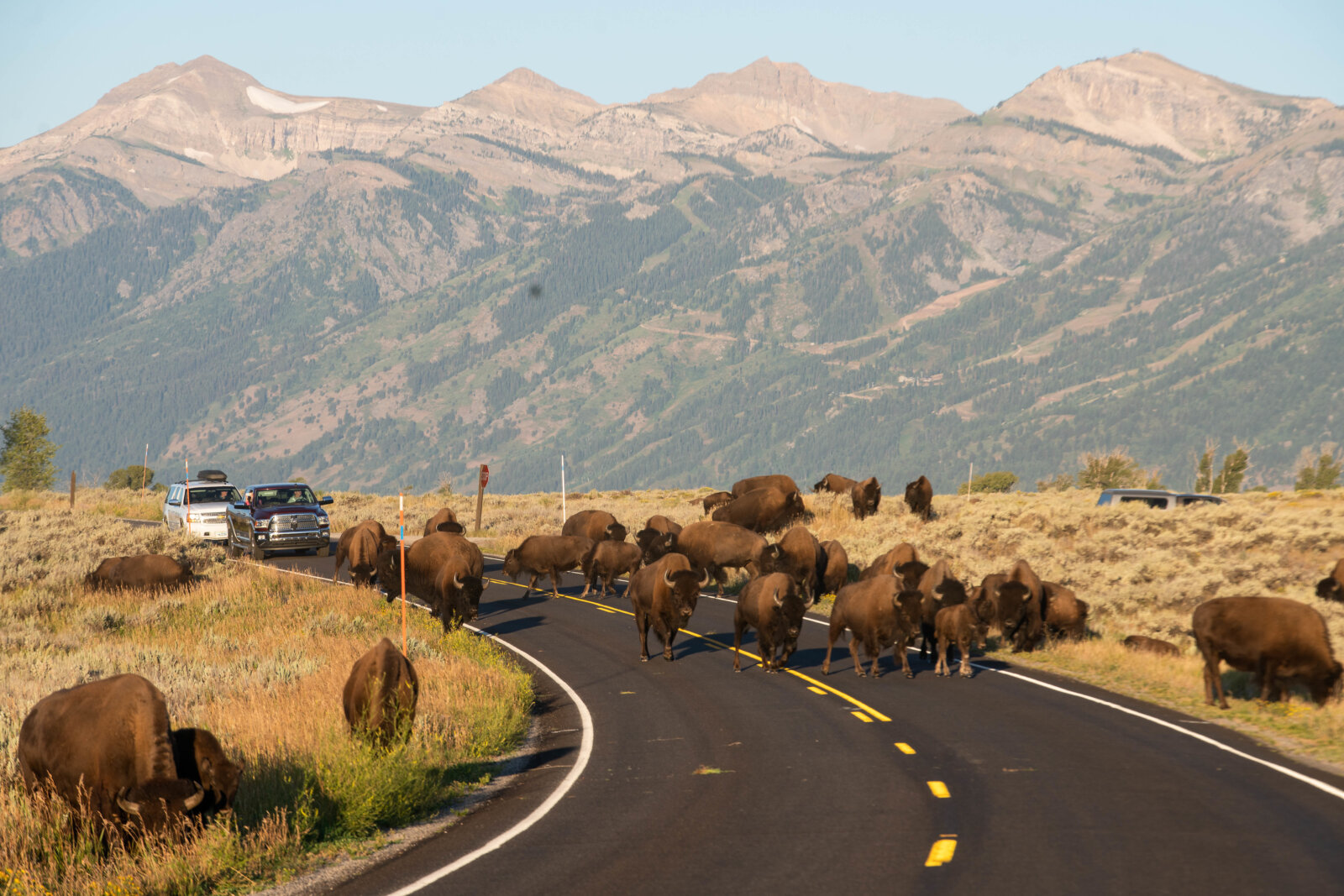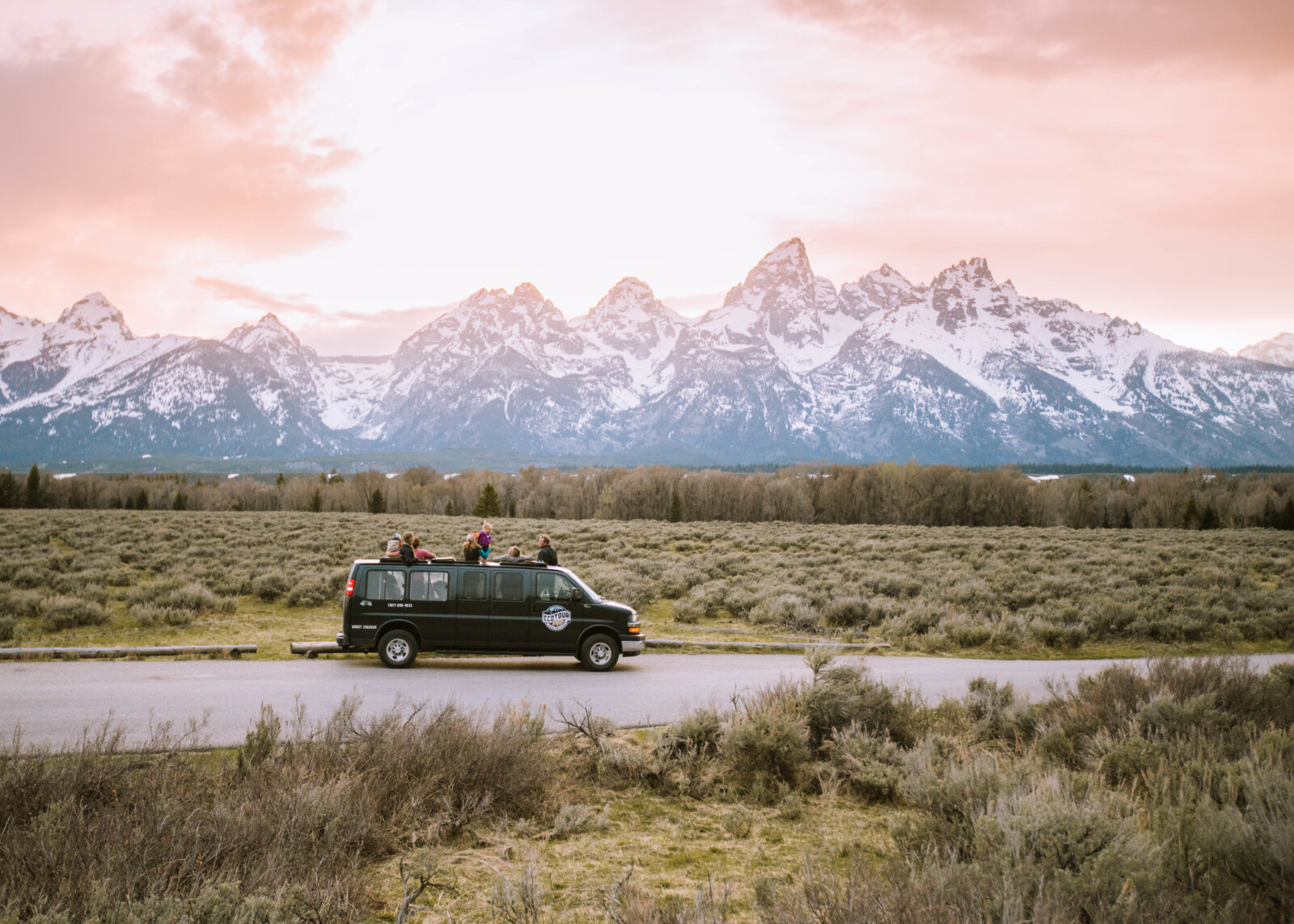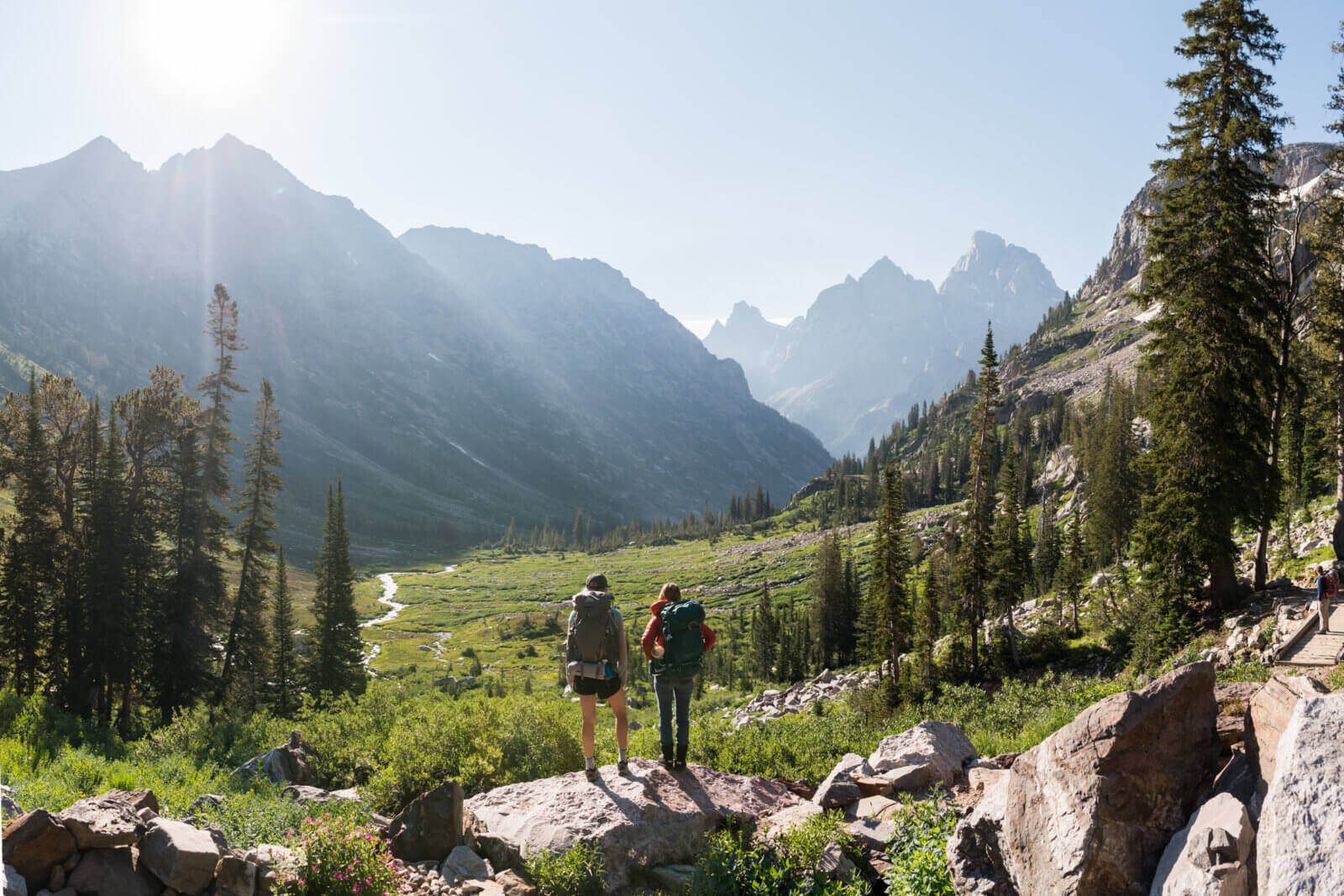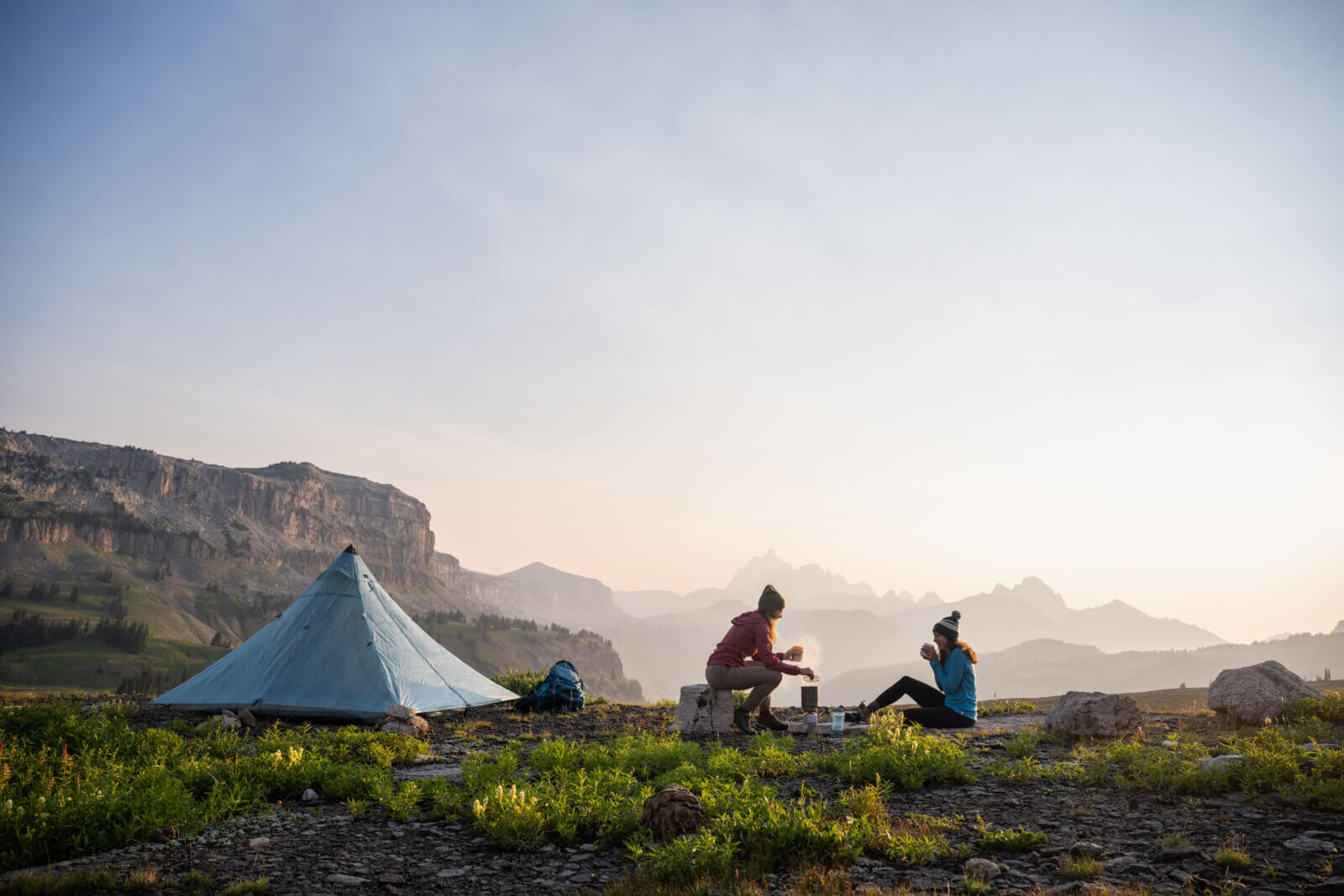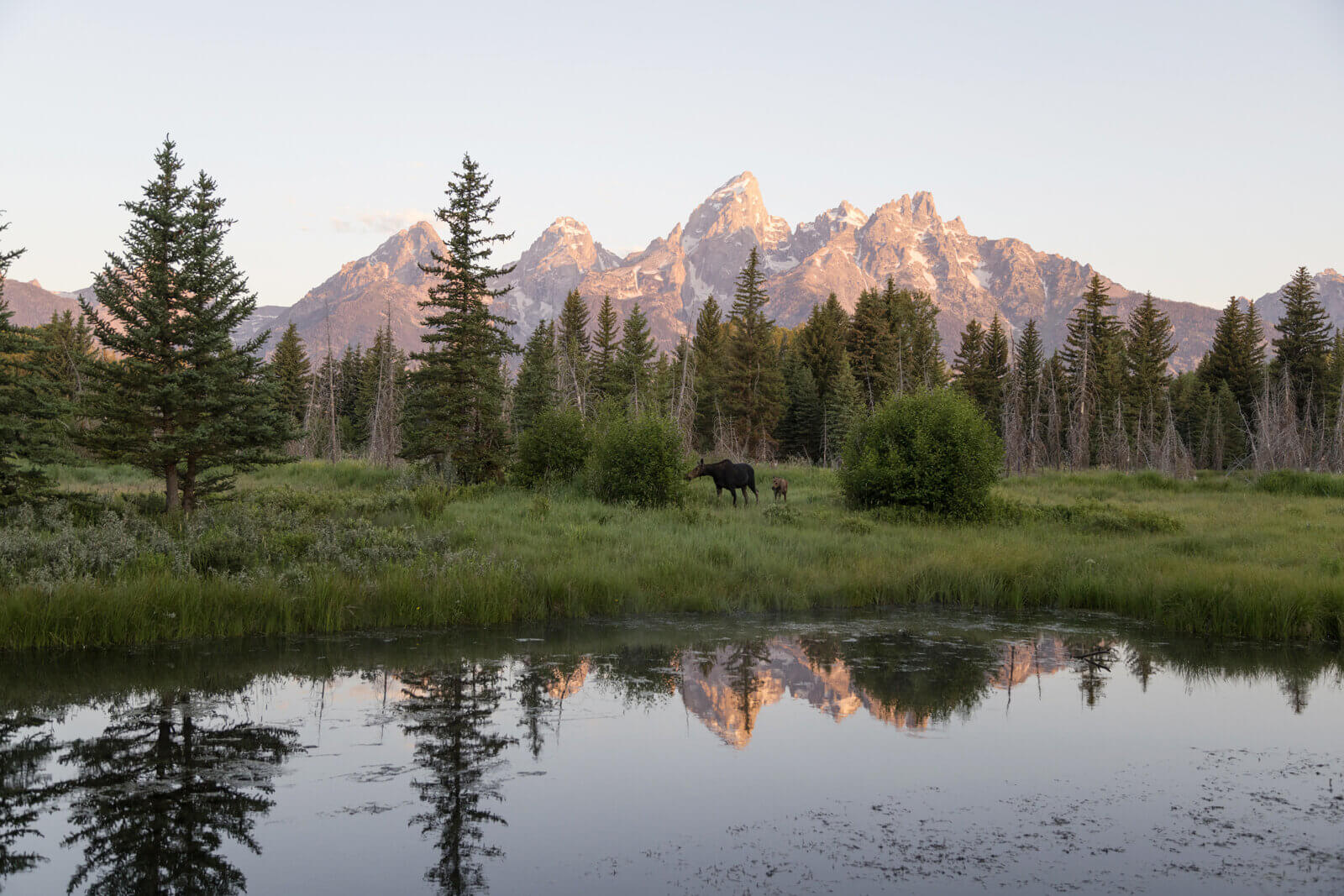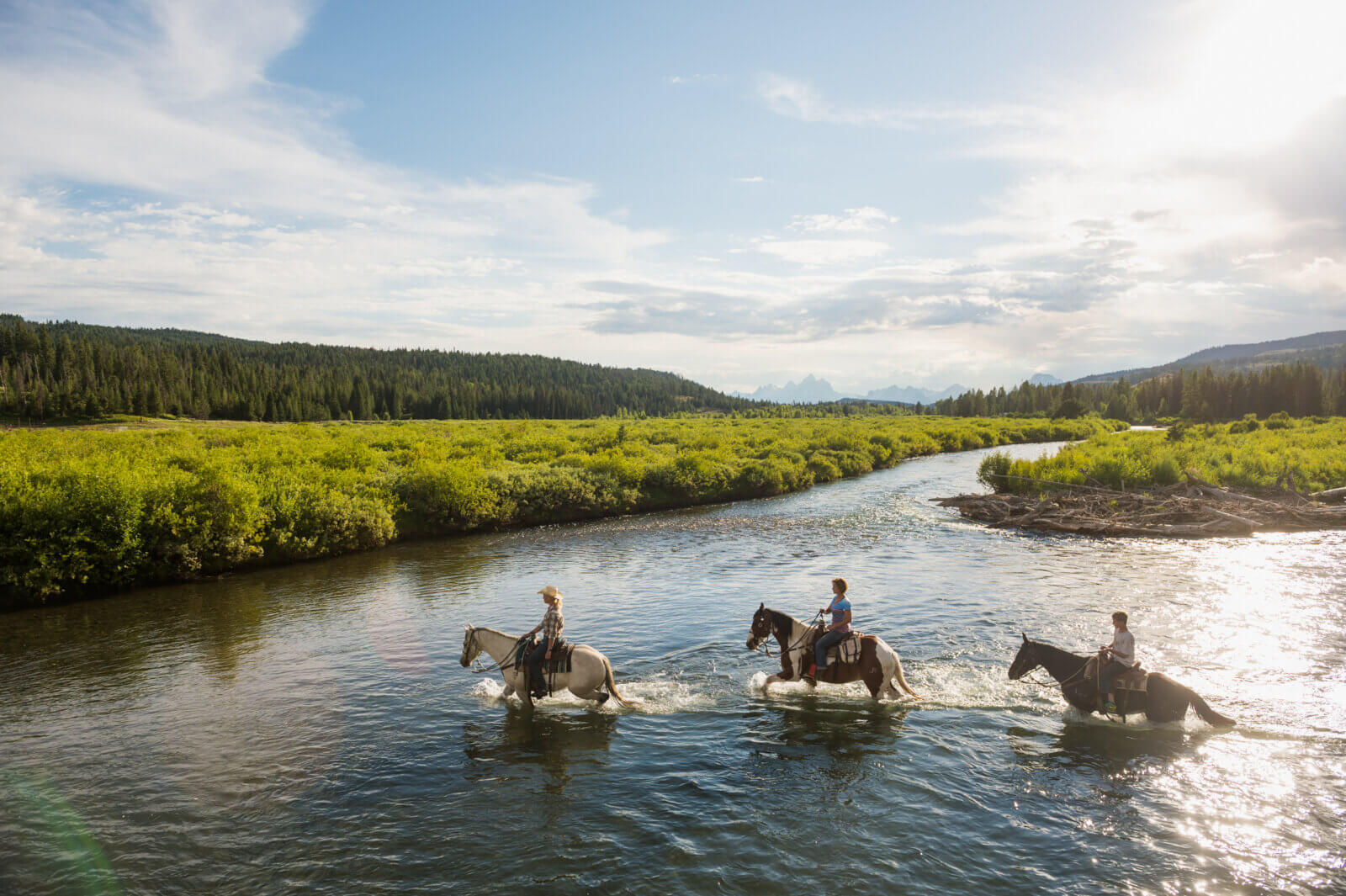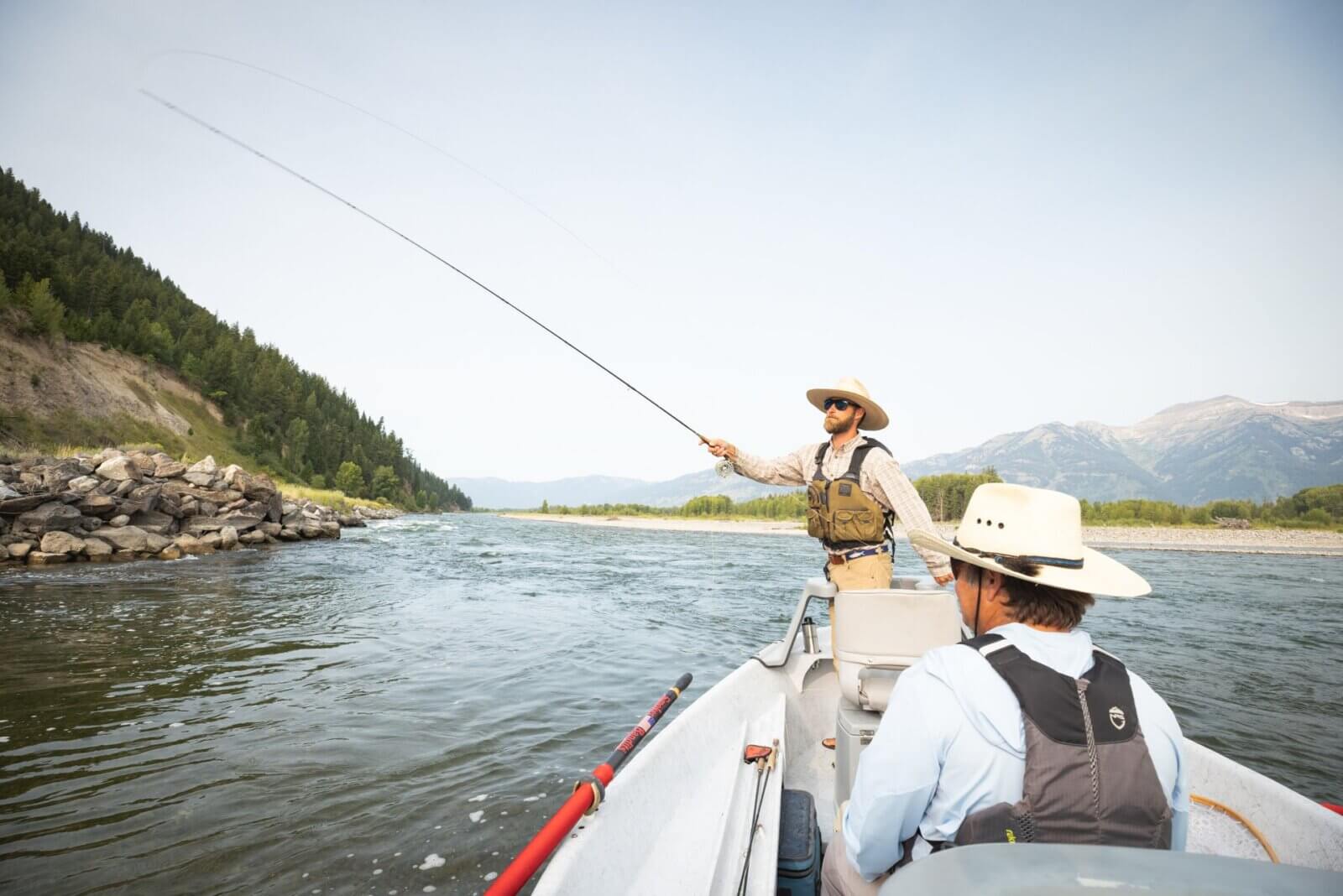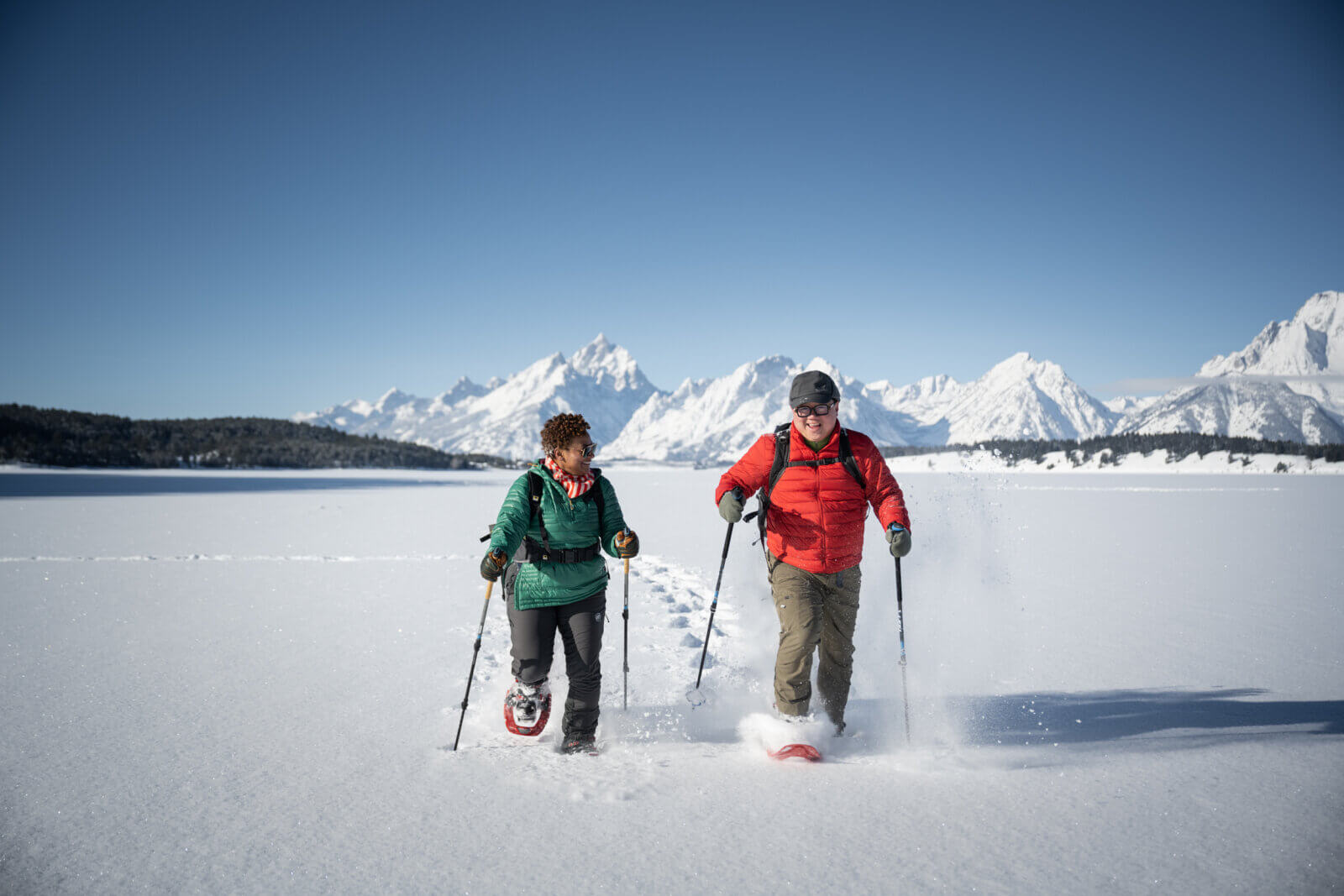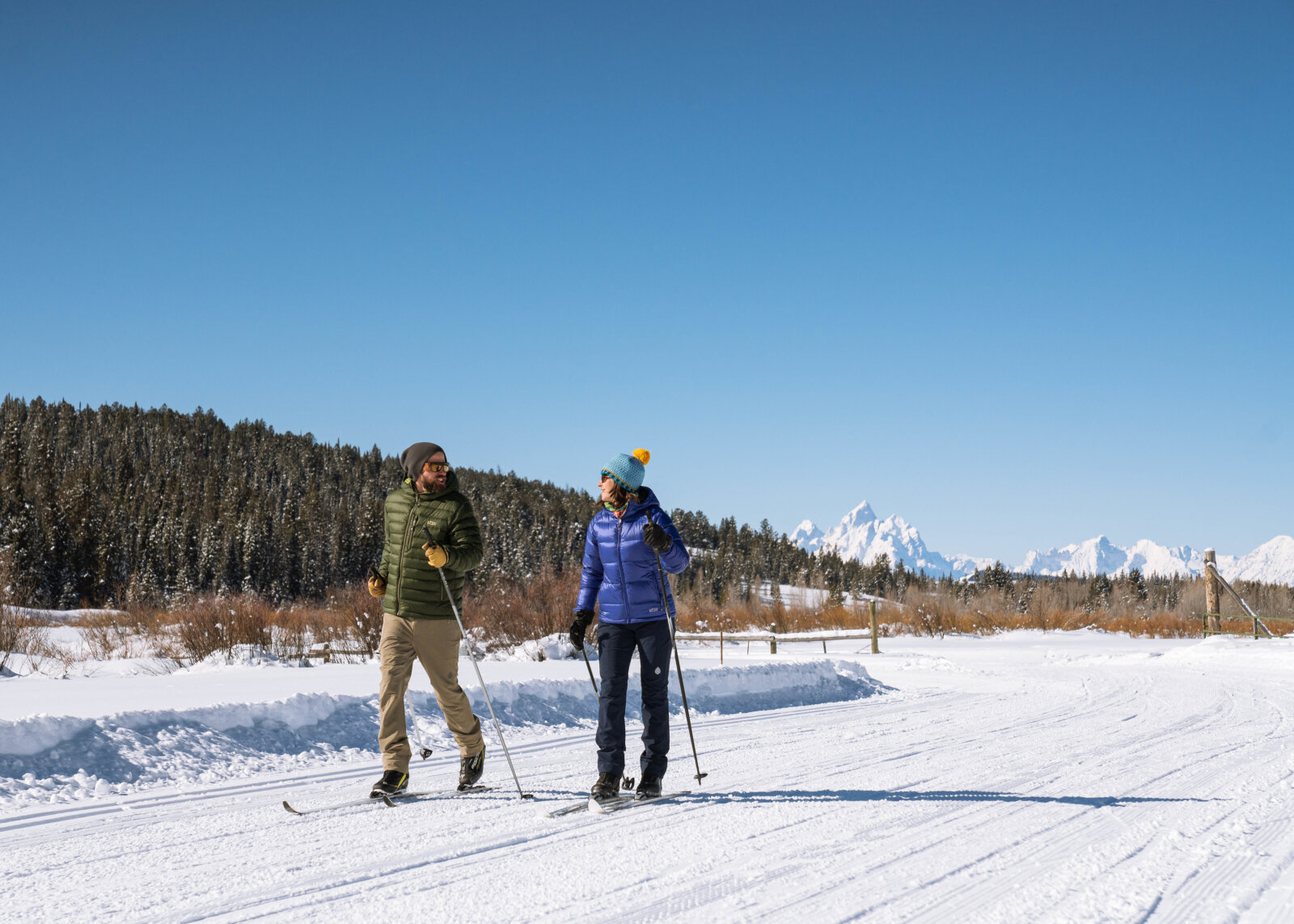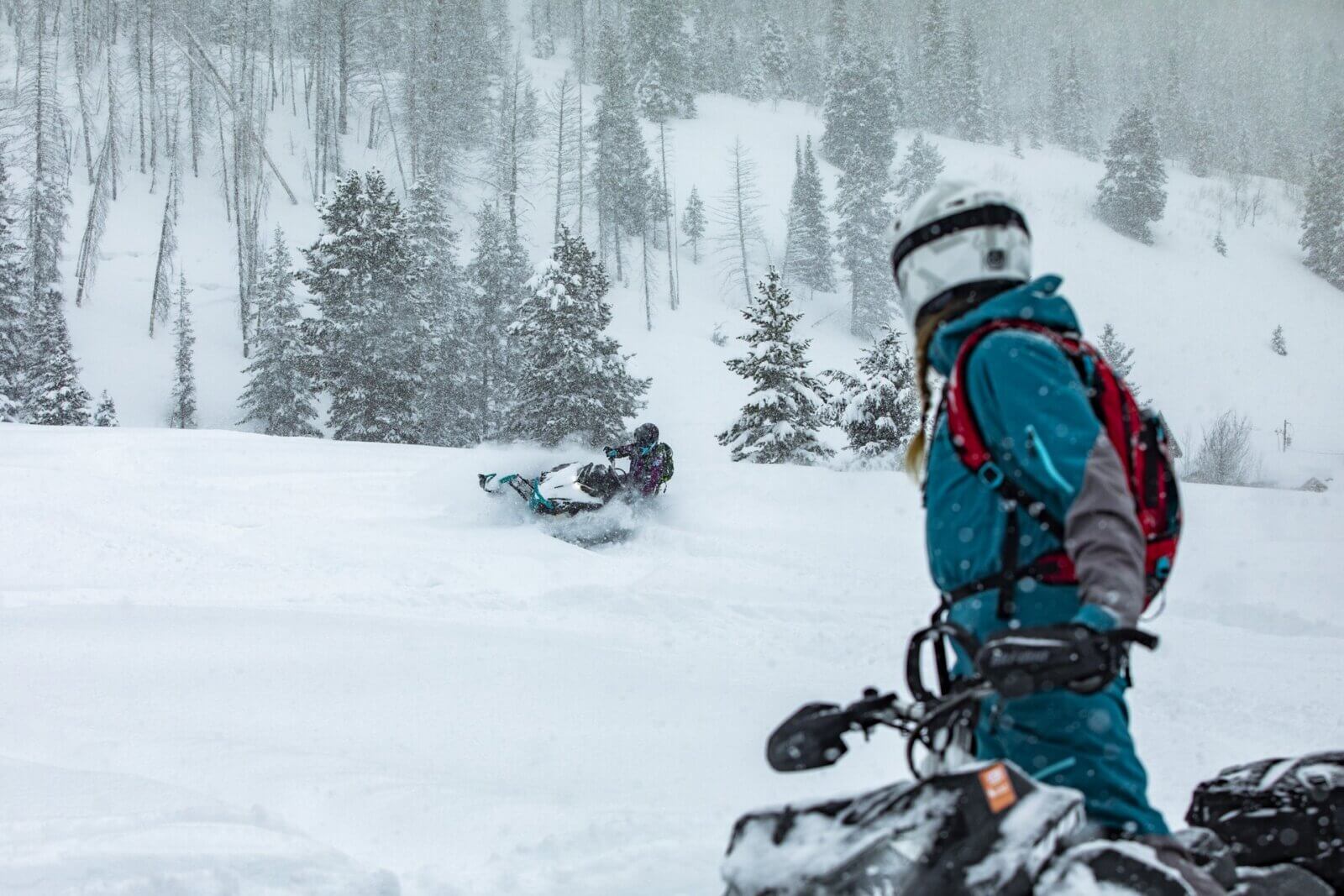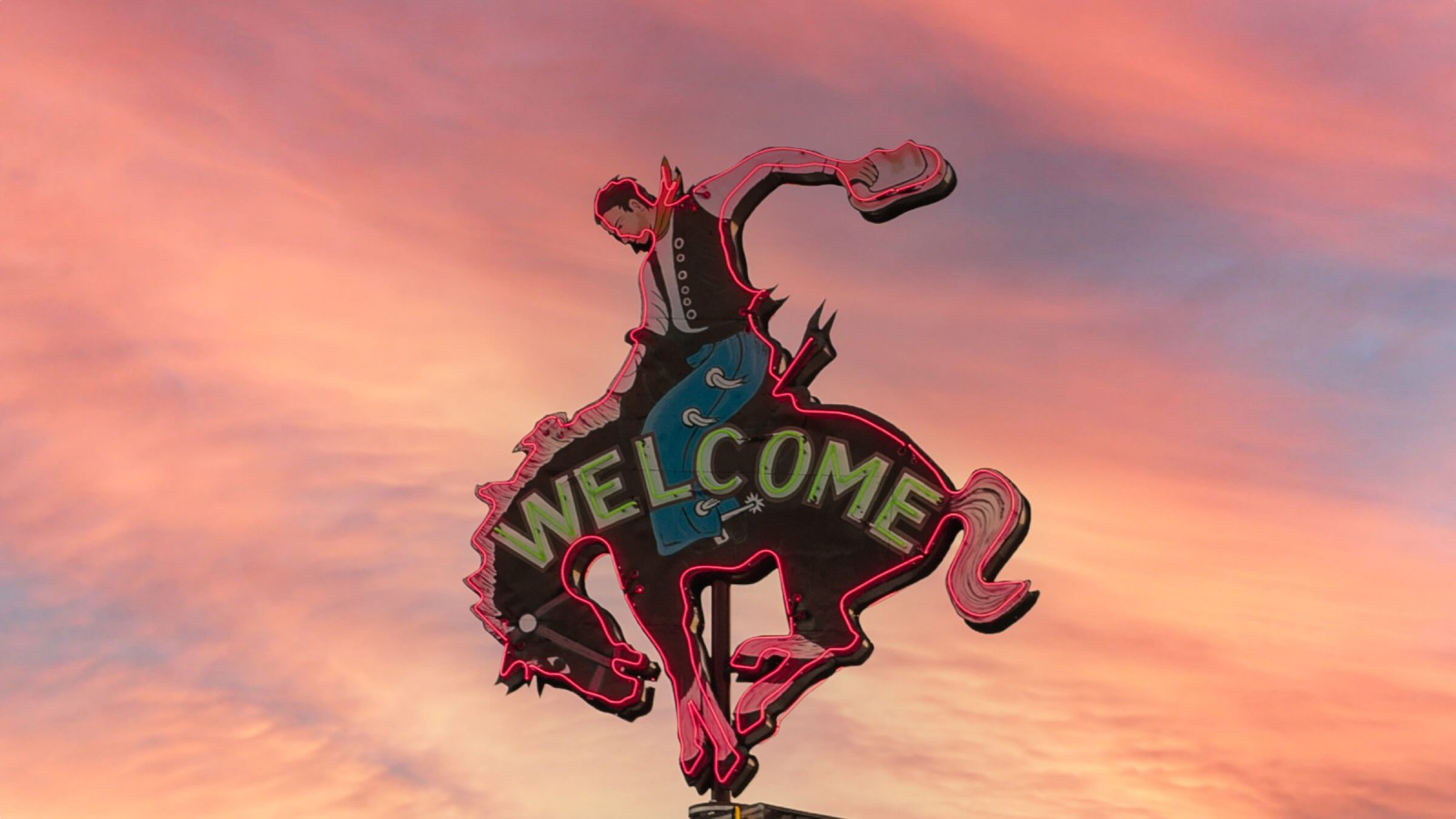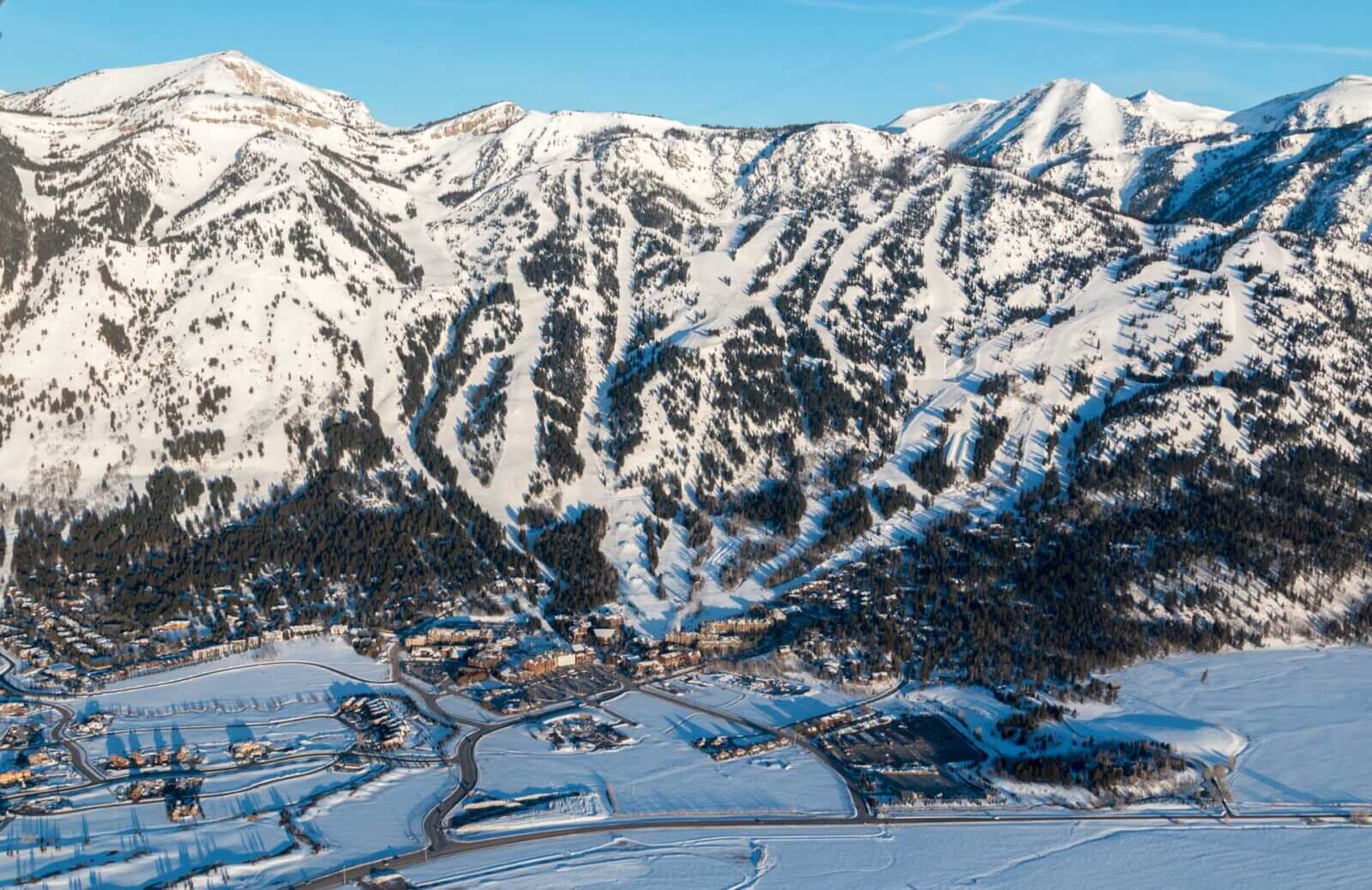Yellowstone National Park
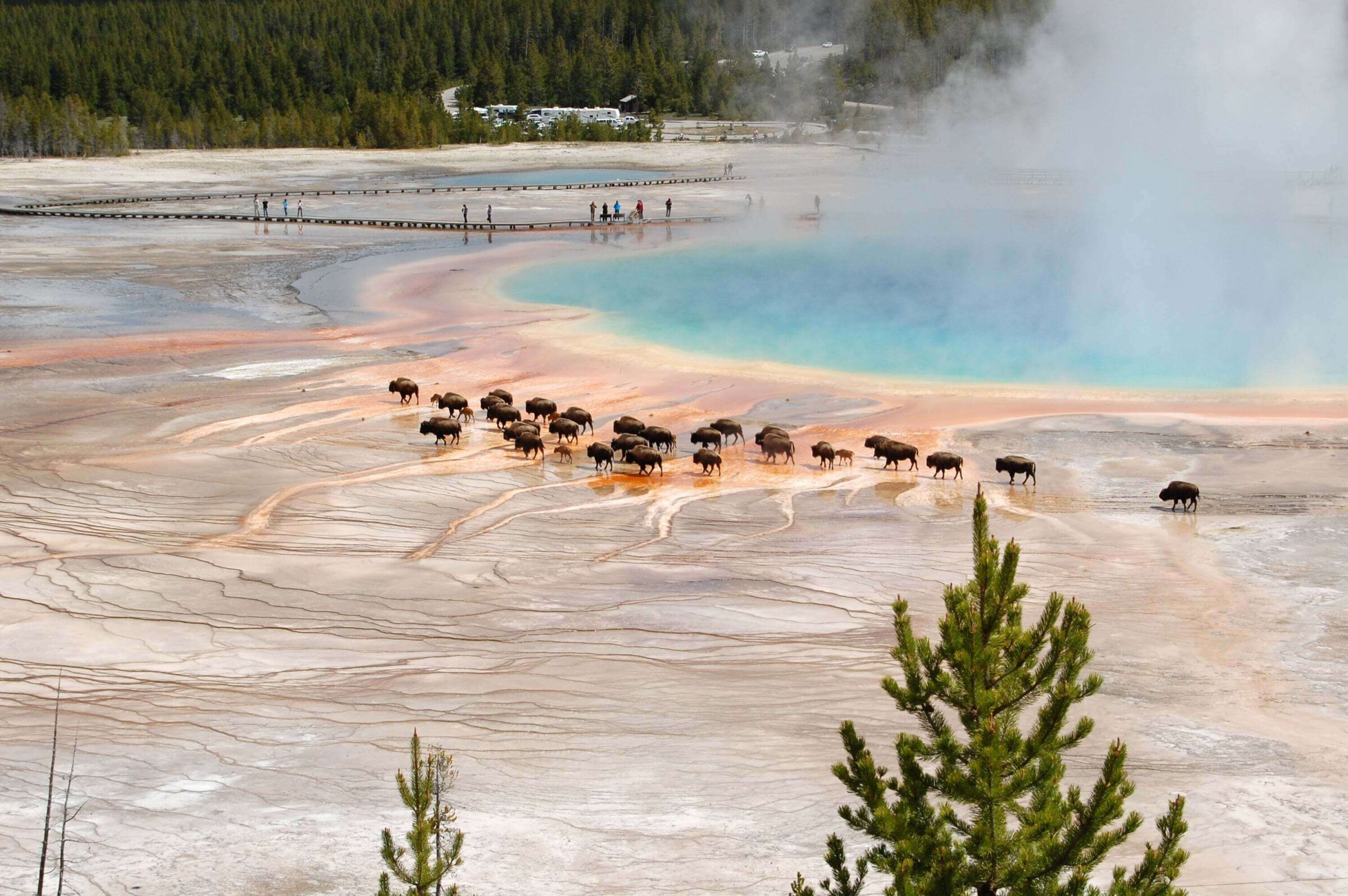
Wonder at geothermal features and wildlife.
Explore the heart of the last intact ecosystem in the lower 48 and feel transported to another world.
In the early 1800s, the earliest white explorers in Yellowstone reported on the fantastical sights they saw in this area—boiling mud and water erupting from the ground—but everyone thought these were tall tales. An official government survey party in 1870 mapped and documented the same “fantastical” sights, though. Within two years, Yellowstone became protected as the first national park in the U.S.
Today Yellowstone gets an average of 4 million annual visitors, making it one of the top 10 most-visited national parks.
People come to see its more than 10,000 thermal features, which include fumaroles, hot springs, mud pots, travertine terraces and geysers. Yellowstone sits atop one of the world’s largest active volcanoes and is home to about 60% (more than 500) of all of the geysers in the world.
While it was the area’s geothermal landscape that initially drew visitors and inspired its protection, today Yellowstone is equally remarkable for its wildlife. The park is one of the few places in the lower 48 states where all the large mammal species that existed prior to the arrival of Europeans still live in the wild. In Yellowstone you can see wolves, grizzly and black bears, mountain lions, bison, moose, elk, and more.
Yellowstone’s seasons are drastically different. In the summer months of July and August, the park’s busiest times, wildflowers are out, more than 1,000 miles of hiking trails are yours to explore, and you can take scenic cruises on Yellowstone Lake or canoe on your own on smaller lakes.
In September and October—fall—wildlife migrates to and from the park, and hiking can be great if it doesn’t snow. Many park roads close to cars starting in November.
The park’s winter season runs from November to early March. During this time a few roads are maintained for over-snow vehicles, including snowmobiles; there’s also Nordic skiing and snowshoeing. Yellowstone’s roads start opening to cars again in April, depending on the winter snowfall.
A spring trip to Yellowstone in April, May, or June means seeing “red dogs,” aka baby bison—so called because when they’re born their coats are red—and low-elevation hiking. Lodging and facilities in Yellowstone are open from April to November and December to March.
-

Can I Do Yellowstone In a Day?
Yes, you can get an excellent Yellowstone experience from Jackson Hole in just one day. In fact, we've put together the full itinerary for you!
-

All Roads Lead to Jackson Hole
There’s a reason people devote entire books to the great American road trip.
-

A Local Guide to Wildlife Watching in the GYE
It’s no secret that Jackson Hole is a haven for wildlife.
-

How to Make the Most of Your Time in Yellowstone
Whether you have a day or a long weekend, Yellowstone National Park will draw you in and leave you wanting more.
- More Experiences
Adventure starts here.
View AllFrom awe-inspiring encounters with nature to wild and western activities every kind, Jackson Hole offers once-in-a-lifetime experiences, 365 days a year.
Eager to glimpse your first bear, moose, or wolf? Challenge yourself with a run down black diamonds or class III rapids? Hook an 18-inch cutthroat? Meet a real cowboy? Watch a Teton sunset? This place is full of experiences you won't find that at home, or anywhere else for that matter. In Jackson Hole, wild adventures aren't just possible—they're already here waiting for you.
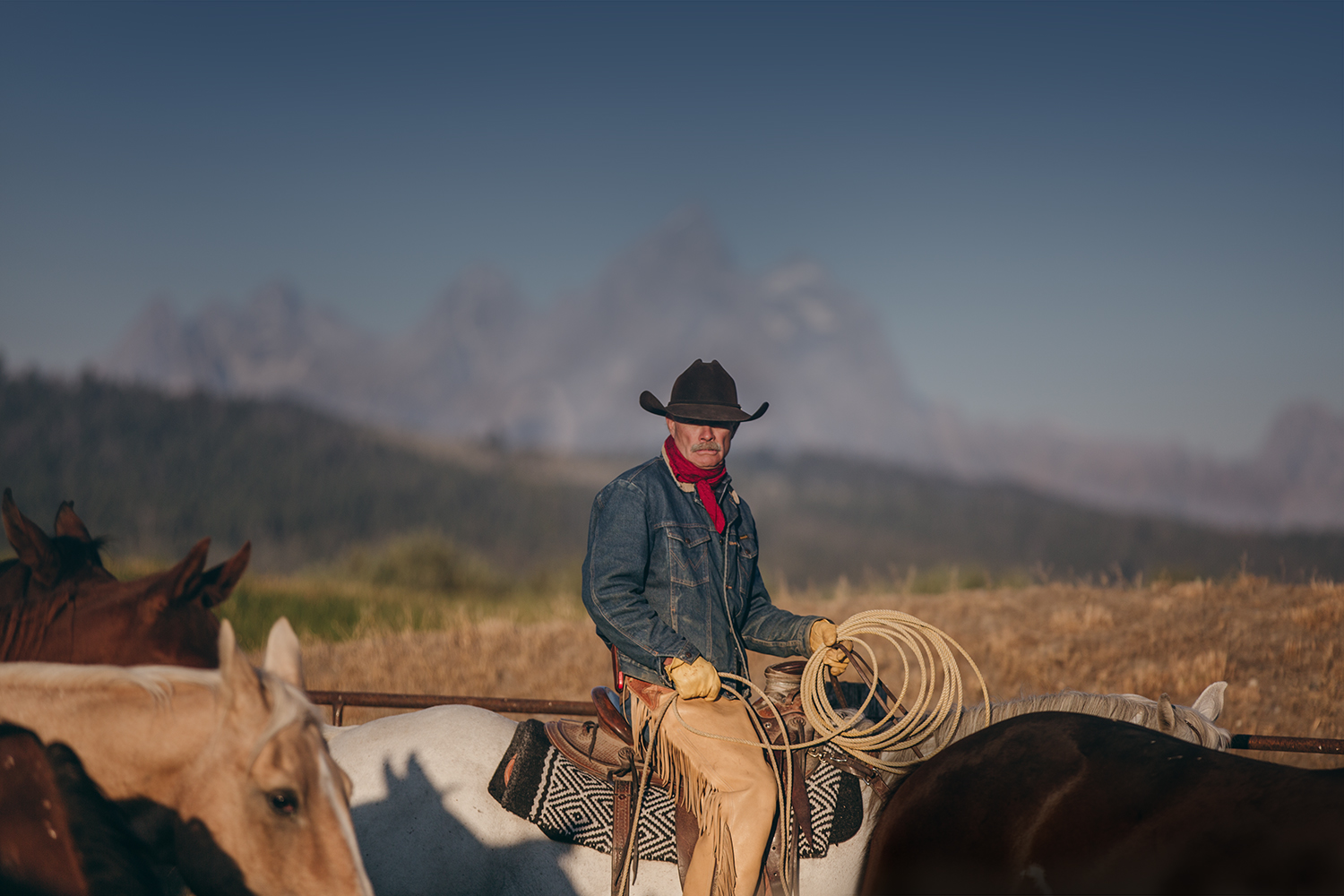
Western Heritage
Here, frontier history and western heritage are woven into the fabric of Jackson Hole. So what most people call the Old West we call everyday life.
Explore
Dining
From sushi to high alpine cuisine, breakfast burritos to bison steak, cold-pressed juices to croissants, Jackson Hole’s dining is almost as exciting as a bluebird powder day.
Explore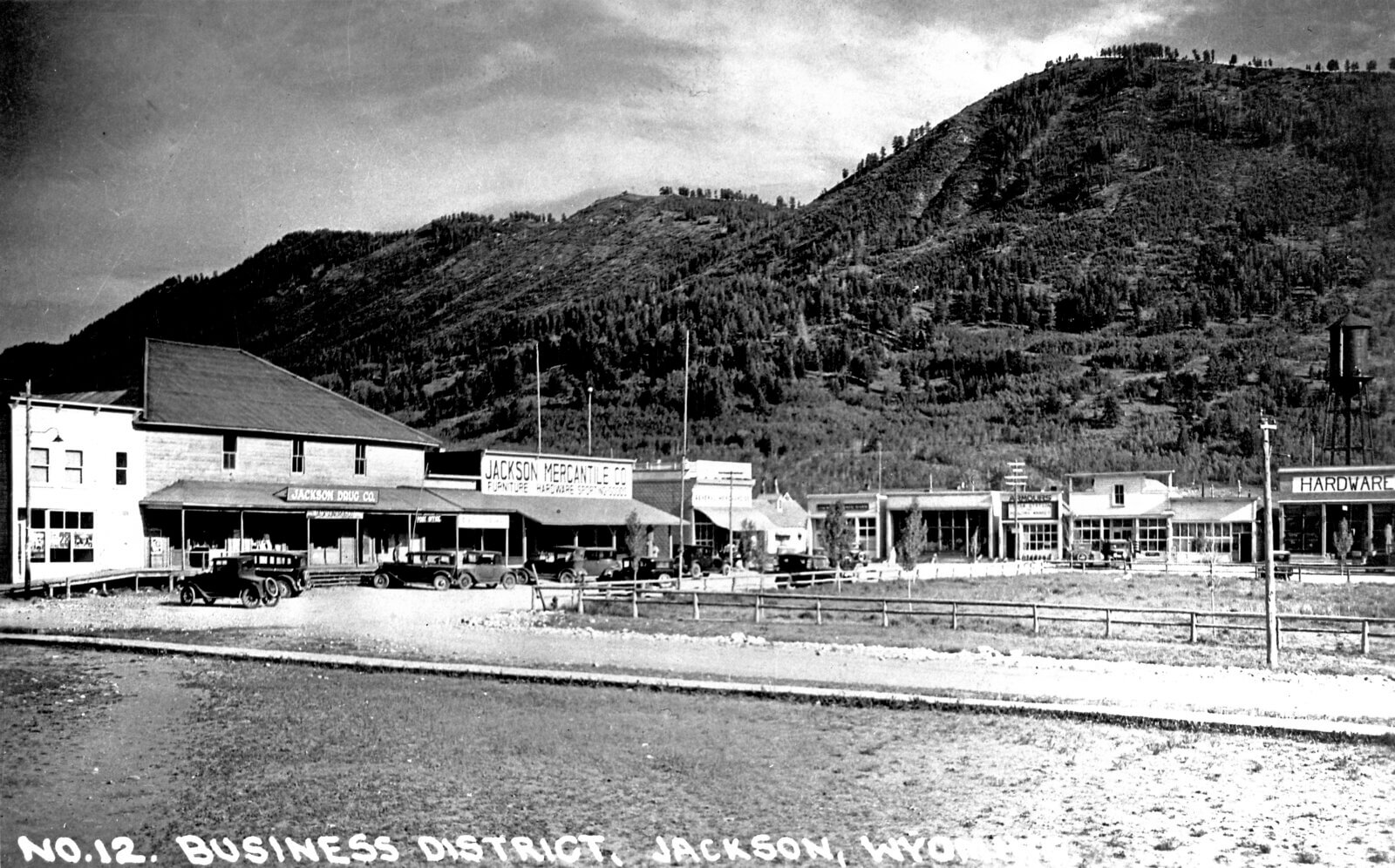
Local History
The earliest occupants and environmental stewards of the Greater Yellowstone Ecosystem were the ancestors of contemporary Indigenous Tribal nations. Around 1884 the first homesteads were filed in Jackson Hole and settlers began building homes, farming the land, and raising cattle.
ExploreMore Places to Go
-

Grand Teton National Park
With its southern entrance only 12 miles from Jackson’s Town Square, Grand Teton National Park was founded in 1929. The park was expanded in 1950 to protect the 310,000 acres we know and love today. At about 10 million years old, the Tetons are the youngest mountains in the Rockies and are still growing.
Learn More -

Town of Jackson
Downtown Jackson is a picturesque Western town and cultural center, complete with antler arches, where you can rest, recharge, and roam.
Learn More -

Teton Village
Your mountain resort basecamp for skiing, snowboarding, mountain biking, and climbing adventures, with year-round après options including spas, waffles, and happy hour.
Learn More
Adventure starts here.
Keep Exploring